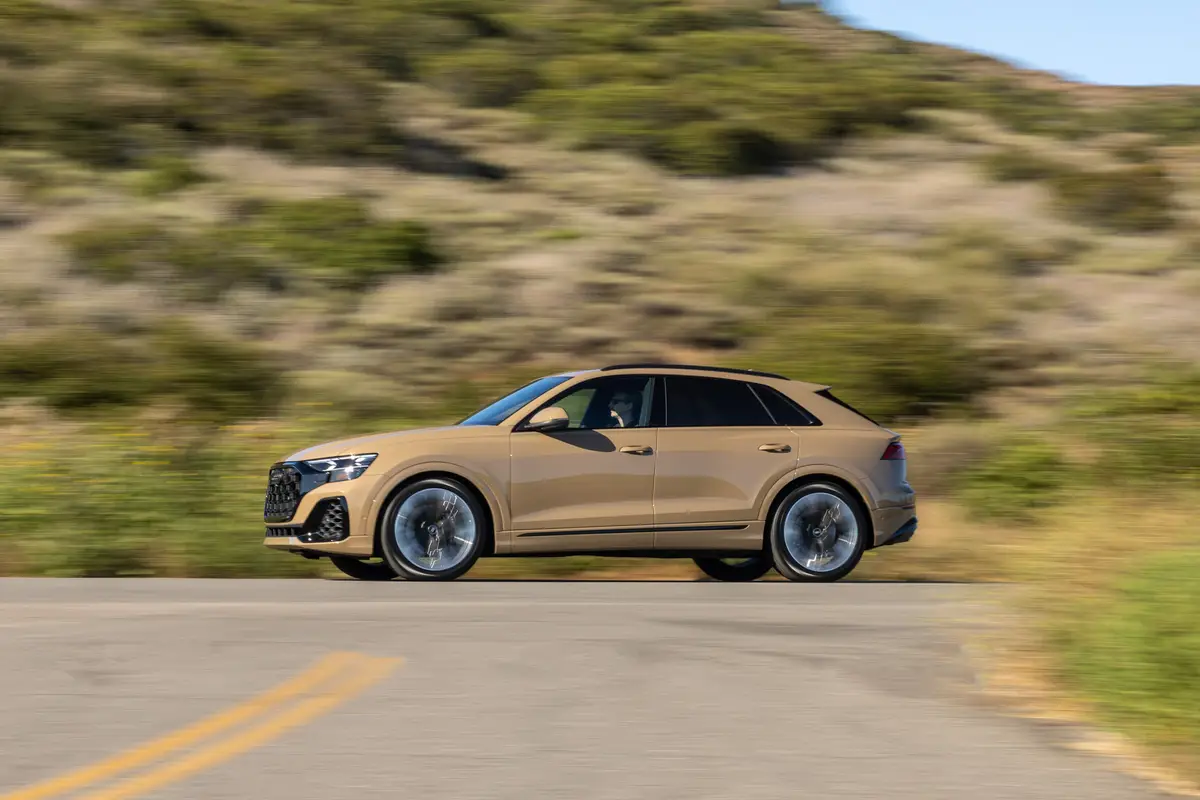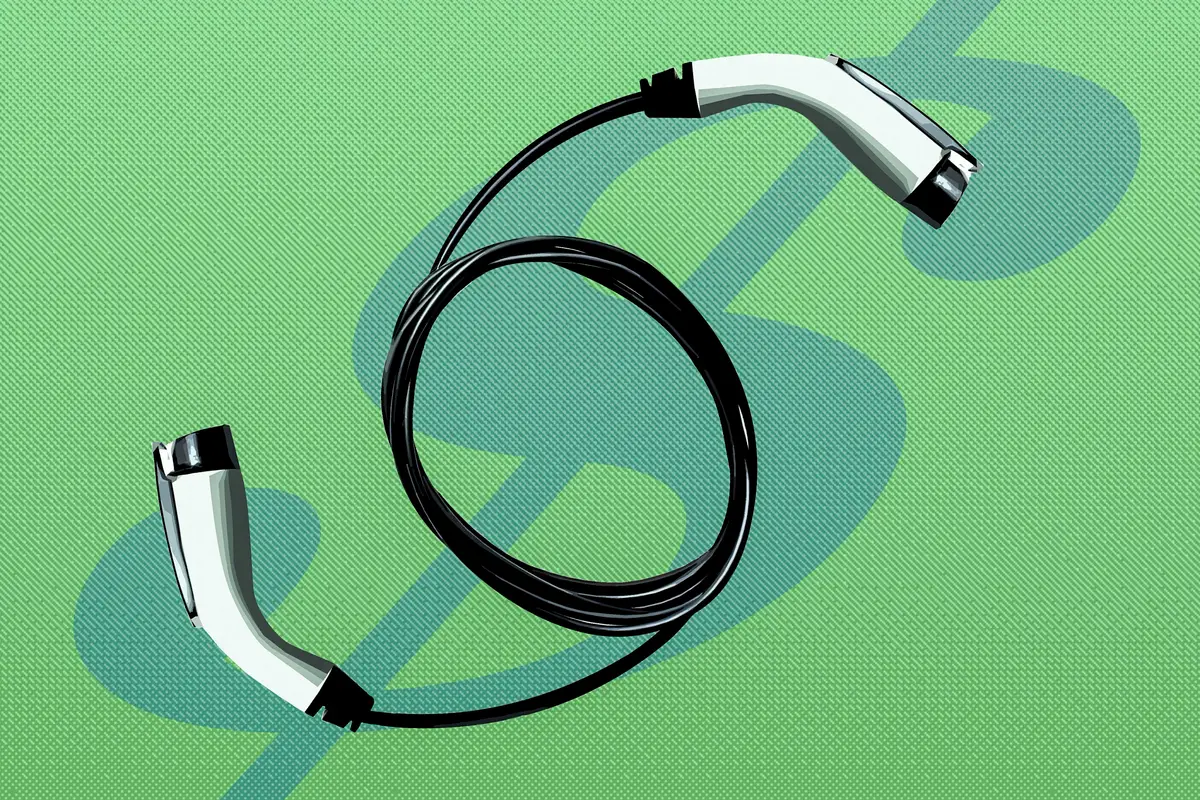IndyStar.com's view
The 1995 Sonata, whose Hyundai name rhymes with Sunday, is a new automobile designed to be a world-class car any day of the week.
The Sonata, being manufactured in base, GL and GLS forms, is an import with models that range from entry-level to luxury form.
“They’ve gone from two models to three,” said Jim Webb, sales manager for Butler Hyundai. “They wanted an entry-level car, and they really didn’t have that before.”
The new car is a midsized sedan that is larger and more powerful than its 1994 predecessor. And the consensus is it’s a whole lot better-looking.
Departing from the somewhat squared- off silhouette of the 1994 Sonata, the 1995 version is the essence of aerodynamic sleekness. From its low, rounded frontal area to the sweep of the rear window and deck, the body lines have been styled to flow through the air with fluidity.
The aerodynamics not only enhance the new four-door’s increase in power but reduce wind noise.
In developing the all-new 1995 Sonata, Hyundai engineers virtually were handed a clean sheet of paper and told to come up with a midsized sedan that offered excellent overall performance, handling, serviceability and safety.
To achieve these goals, designers created an all-new body and platform, and an all-new interior and suspension. The drivetrain componentry was significantly improved and dual air bags added.
The Sonata’s smoothly flowing lines are for more than aerodynamics and appearance. The car’s slim roof-support pillars accommodate an increase in glass for improved visibility and 308 degrees of vision.
Interior room has been increased, and the body’s structural integrity improved by being 20 percent torsionally stiffer than its predecessor. This increase in stiffness is designed to ensure precise suspension operation, for an improvement in ride, and for directional control.
The rear suspension that formerly used trailing arms with coil springs has been replaced by a multilink system. A negative camber design has been utilized to reduce rear-wheel lifting tendencies during abrupt turning maneuvers.
As long as you’re getting hold of the road, Hyundai figures you might as well get up and go. So it offers a 2.0-liter (121.8 cubic inch) four-cylinder motor, and a V-6 displacing 3.0 liters (181.2 cubic inches).
The in-line 4 is a double overhead cam 16-valve job, and the V-6 is a single overhead cam (per bank) motor carrying two valves per cylinder. The 6 is an option with the GL model and is standard in the GLS.
The base Sonata comes only with the four-cylinder engine.
These two engines offer an interesting contrast in the importance of cylinder head design. The V-6, despite being larger by almost 60 cubic inches, develops only slightly more horsepower than the four-cylinder.
By virtue of increased air flow via four valves per cylinder, the 4 produces 137 horsepower to the V-6’s 142 horsepower. There is, however, a quantum difference in torque between the two motors.
With its greater disp lacement, the V-6 puts out 168 foot-pounds of torque to 128.7 foot-pounds for the 4. And the V-6 is going to be smoother in operation.
In creating this new sedan, Hyundai has gone upstream in wheelbase length to 106.3 inches, an increase of two inches over the 1994 car. Length at 185 inches has been increased fractionally. And height at 55.3 is up a full 2.5 inches.
The overall effect is to increase the interior room for comfort and serviceability.
While the base model is pretty well equipped with standard items like air conditioning, AM-FM stereo and air bags, and is available with an optional four-speed automatic, it will be necessary to go to a GL or GLS for some of the convenience power equipment.
“I’m looking for a GL to be our best seller,” Webb said. “In talking to people, they are telling me our competitors are pricing them out of the market.”
The four-door is a five-passenger, with individual front seats separated by a console that carries shift quadrant, h eater/air conditioning and radio controls on its forward vertical section.
Instrumentation is fairly basic with speedometer, tachometer, temperature and fuel gauges.
The Sonata will be on a limited availability basis until the company gets production going in full swing.
“I don’t even have one as yet,” Webb said. “But I expect to have three in about a week or two.”
1995 Hyundai Sonata Base price: $13,299.Type: Front engine, front-wheel drive, five-passenger, midsized sedan.Engine: 2.0 liters, DOHC 4, 16 valves, fuel-injected, 137 horsepower, 128.7 foot-pounds of torque.Transmission: Five-speed manual.Mileage: 21 mpg city/29 mpg highway.Wheelbase: 106.3 inches.Length: 185 inches.Width: 69.7 inches.Height: 55.3 inches.Curb weight: 2,864 pounds.Options: Four-speed automatic transmission.
Latest news



